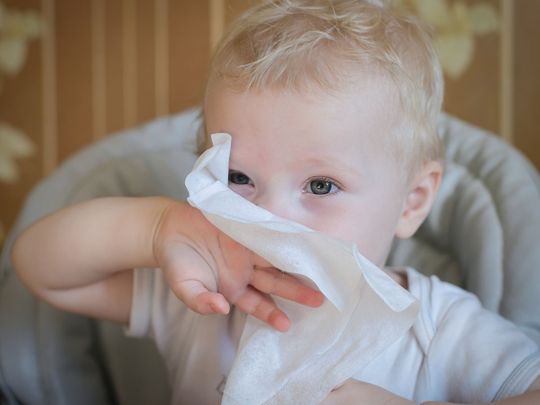
Understanding Pica in Individuals with Autism
Pica is a behavior characterized by the consumption of non-nutritive, non-food substances. It can occur in individuals with various developmental and mental health conditions, including autism spectrum disorder (ASD). Pica in individuals with autism can be particularly challenging and may have several unique aspects:

1. Prevalence in Autism: Pica is more common in individuals with autism compared to the general population. Research suggests that the prevalence of pica in people with autism may be higher, but the exact reasons for this association are not fully understood.
2. Possible Causes: The underlying causes of pica in individuals with autism can be complex and multifaceted. Some potential factors contributing to pica in autism may include sensory sensitivities, communication difficulties, and limited food preferences. Sensory-seeking behavior is common in autism, and some individuals may be drawn to the textures or sensations of non-food items.
3. Risk and Safety: Pica can pose significant health risks, including the potential for choking, gastrointestinal blockages, and poisoning. In individuals with autism, who may have difficulty communicating or recognizing danger, these risks can be even more concerning. Caregivers and professionals working with individuals with autism must prioritize safety and implement strategies to minimize the risk of pica.
4. Behavioral Interventions: Addressing pica behavior in individuals with autism typically involves a comprehensive approach. Behavioral interventions, such as Applied Behavior Analysis (ABA), are commonly used to assess and manage pica. These interventions may include functional behavior assessments to identify triggers and reinforcement strategies to promote alternative behaviors.
5. Sensory Strategies: Because sensory sensitivities can be a contributing factor in pica behavior in autism, sensory strategies may be helpful. Occupational therapists and other professionals can work with individuals to develop sensory regulation techniques that can reduce the desire to engage in pica.
6. Communication Support: Some individuals with autism may engage in pica as a way to communicate their needs or preferences. Improving communication skills, whether through speech therapy or alternative communication methods like picture exchange systems or augmentative and alternative communication (AAC) devices, can be beneficial.
7. Nutritional Assessment: Pica can sometimes be related to nutritional deficiencies. In cases where specific nutritional deficiencies are identified, dietary modifications or supplements may be recommended.
8. Family and Caregiver Support: Supporting families and caregivers of individuals with autism who engage in pica is crucial. Education and training on how to manage and respond to pica behavior are essential for ensuring the individual’s safety and well-being.
It’s important to recognize that pica in autism is a complex behavior that may require individualized assessment and intervention plans. Consulting with healthcare professionals, behavior analysts, and therapists experienced in working with individuals with autism is essential to developing an effective and safe approach for managing pica in this population.




